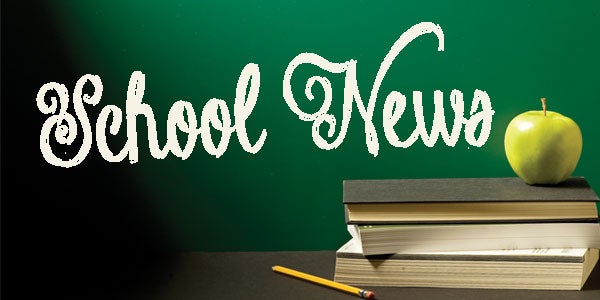School board approves plan for student achievement
Published 10:39 am Tuesday, March 7, 2023
|
Getting your Trinity Audio player ready...
|
Albert Lea School board members agreed to a student achievement and integration plan Monday night during a study session of Albert Lea Area Schools. The plan was presented by Tonya Franks, director of teaching and learning for the district, and Gayle Brownlow, grants coordinator.
The program is through the Minnesota Department of Education, Brownlow said.
The purpose of the grant is four-fold: to pursue racial and economic integration, increase student achievement, create equitable educational opportunities and to reduce economic disparities based on student backgrounds.
“In our work with writing this grant we’ve been looking at other programs and initiatives in our districts such as the Multi-Tiered Systems of Support and also our World’s Best Workforce plan,” Brownlow said.
Within the grant are three goals that need to be addressed: disparities in academic achievement among student populations, disparities in equitable access to effective and more diverse teachers and increasing racial and economic integration among student populations.
Brownlow said the goal toward increasing racial and economic integration was through early college courses, CIS and AP courses. To do that, she suggested Discover Drones. The district, in collaboration with other schools in the collaboration, will use Discover Drones to offer a camp-type program for high school and middle school students and introduce students to drones and the career opportunities that could come with them.
The other way to increase racial and economic integration was through the Minnesota Bilingual Seals program.
“We have a lot of students in our district who are bilingual or multilingual,” Brownlow said. “This is a way for them to take a proficiency test and demonstrate that proficiency and leave Albert Lea Schools with notation on their transcript that they are multilingual.”
The notation would be recognized within the Minnesota State College and Universities system, but would not be recognized by the University of Minnesota.
Looking at achievement disparity, Franks said they looked at increasing proficiency rates for all learners on the MCA III reading test.
“Our strategies in this area are our success coaches and the Albert Lea High School Reach program,” she said.
Currently the district has 16 success coaches at all levels who provide interventions for students and family engagement opportunities.
The strategy for the teacher equity goal was to increase professional development with opportunities related to cultural competency training for teachers.
“In the past we have offered one professional development opportunity for licensure every year, so teachers could take a course to get that cultural competency training that they need that is a requirement of their licensure,” Brownlow said. “Through this plan we are going to offer that at least two times a year, but also increase professional development in the buildings so teachers can get more direct training for that [that] relates to the population in the school.”
Saying she didn’t feel comfortable voting for something she didn’t fully understand, Director Angie Hoffman voted against it.
Franks and Brownlow also updated members on grants.
According to Franks, the Alternative Delivery of Specialized Instructional Services grant was an application process the district completed every two years to apply for Minnesota education aid. The grant they applied for will be for fiscal years 2024 and 2025.
“The purpose of this one is to look at what additional academic supports can we put in place to help our students succeed in the general education setting with the ultimate goal … being to reduce the number of special education referrals we see,” Franks said.
Brownlow said the key components of the plan centered around intervention support at every school.
Franks said when schools have done research and evidence-based interventions they had regular progress monitoring to measure whether the interventions were successful.
“In each of our buildings they then have data team meetings surrounding that data, that information,” she said. “And they’re able to see when we implement this given intervention, is it yielding the success that we would expect it to yield?”
If it did, she wanted to determine what the next step would be. And if it didn’t, she wanted to know what needed to be used to get the student to succeed.
“We also have really strategic data meetings that are happening at the end of each benchmark,” she said.
They also hold data team meetings to assess program strengths.
“We also look to make sure that we’re including not only our resource specialists and instructional coaches,” she said. “Our principals are a part of those conversations, our intervention teachers are a part of those conversations, special education teachers, just to make sure that we’re getting that big picture look of how we’re meeting the needs of our students and having all voices present in that team,” she said.
Board members also passed a resolution approving an agreement between the city of Albert Lea and the school district for two school resource officers.
“We know one of our goals around the school safety and the social/physical well-being of our students as well as one of my superintendent goals is [to] increase the safety,” Ron Wagner, superintendent of Albert Lea schools, said. “But it’s also about building those relationships.
“City council has agreed that they will continue to partner moving forward.”
The district has maintained one school resource officer since 2012.



